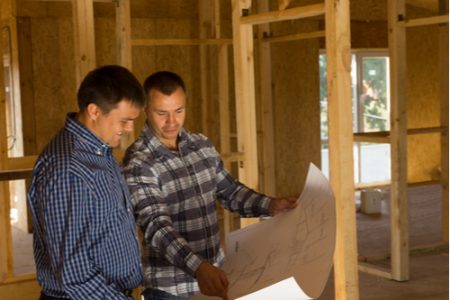
Over Capitalisation – 5 Tips to Manage Clients’ Fears
Occasionally, during briefing, a client mentions that they ‘don’t want to over-capitalise’.
So, what are their fears, are they well-founded and how can you manage them?
Over capitalisation occurs when a home owner spends more improving a property than the value that’s added due to the improvement.
So, if a client spent $50k new kitchen in an inner Melbourne home, they are likely to add at least $50k in value to the property.
However, spending $20k to install a rock-climbing wall in a home that’s suited to retirees is more likely to over capitalise.
That is, future users of the house are not likely to value the improvements in the same way as the current owner.
So, as an industry professional, how can you help your clients think constructively through their over capitalisation concerns?
Here are 5 pragmatic tips for you to assist clients to more logically understand their scenario.
Tip 1. How Long Do They Intend to Own The Property?
The risk over overcapitalisation is more relevant if the client intends to sell the home in the short-term.
However, those who will have the home for five, ten or more years are far less likely to over-capitalise for two reasons:
- The project, addition or alteration is for them and their lifestyle, not another’s
- The holding time they have the property will typically see a capital appreciation in value (or at the very least be less damaging if it’s a bad spend)
Fundamentally, it’s less likely that a client can over-capitalise on their ‘forever’ home.
Tip 2. Do People Buying in That District Expect the Enhancements You’re Recommending?
For example, if you’re considering a tennis court, swimming pool, high end fittings, etc do other surrounding homes offer similar features?
People don’t expect a tennis court or swimming pool in lower socio-economic suburbs. So, prospective buyers rarely have the spendng power to expect their inclusion.
Aligning recommendations with buyers’ expectations reduces the over-capitalisation risk.
Tip 3. It’s OK to Be The ‘Best’ House in the Street – with Qualification
Clients are often open to improving their home to be the ‘best’ in the street. However, if your client’s fearful of overcapitalisation, you might consider making their home just a little better than the existing best home in the street.
This approach avoids over-reach on value but still delivers on client needs – and your opportunity to deliver a beautiful design.
Tip 4. Assess For Value Added
For example, in our local neighbourhood in North Fitzroy, let’s say you can buy a two bedroom fixer-upper terrace for $1M.
If we spent $500k, on an addition of an upstairs/3rd bedroom, will the value of the property come to $1.5M?
You (or your client) can establish this by reviewing sold properties on various real estate websites.
Then, simply check concept construction costs with ProCalc
Tip 5. Median Suburb Value
In the example above, we’re allocating roughly 50% of the property’s value to the addition.
I’d be reluctant to advocate that clients ‘must’ spend less then 50% of the property’s value to avoid over-capitalisation. However it may suggest a tipping point where we need to check our value assessment (using the method discussed in 4.)
Every suburb and property is different and, in my experience, client’s over-capitalisation fears are often driven by unproven anxieties (or sources).
By stepping through some of these principles with clients, we hope you can arrive at a well-considered budget to deliver a great living experience for your clients.
About the author: With over 15 years’ design & construct experience as a registered builder & project manager, Richard Armstrong possesses post-grad property qualifications specialising in residential construction pricing. He is the Founder of ProCalc – Professional Construction Estimator. Free trial at www.procalc.com.au.









